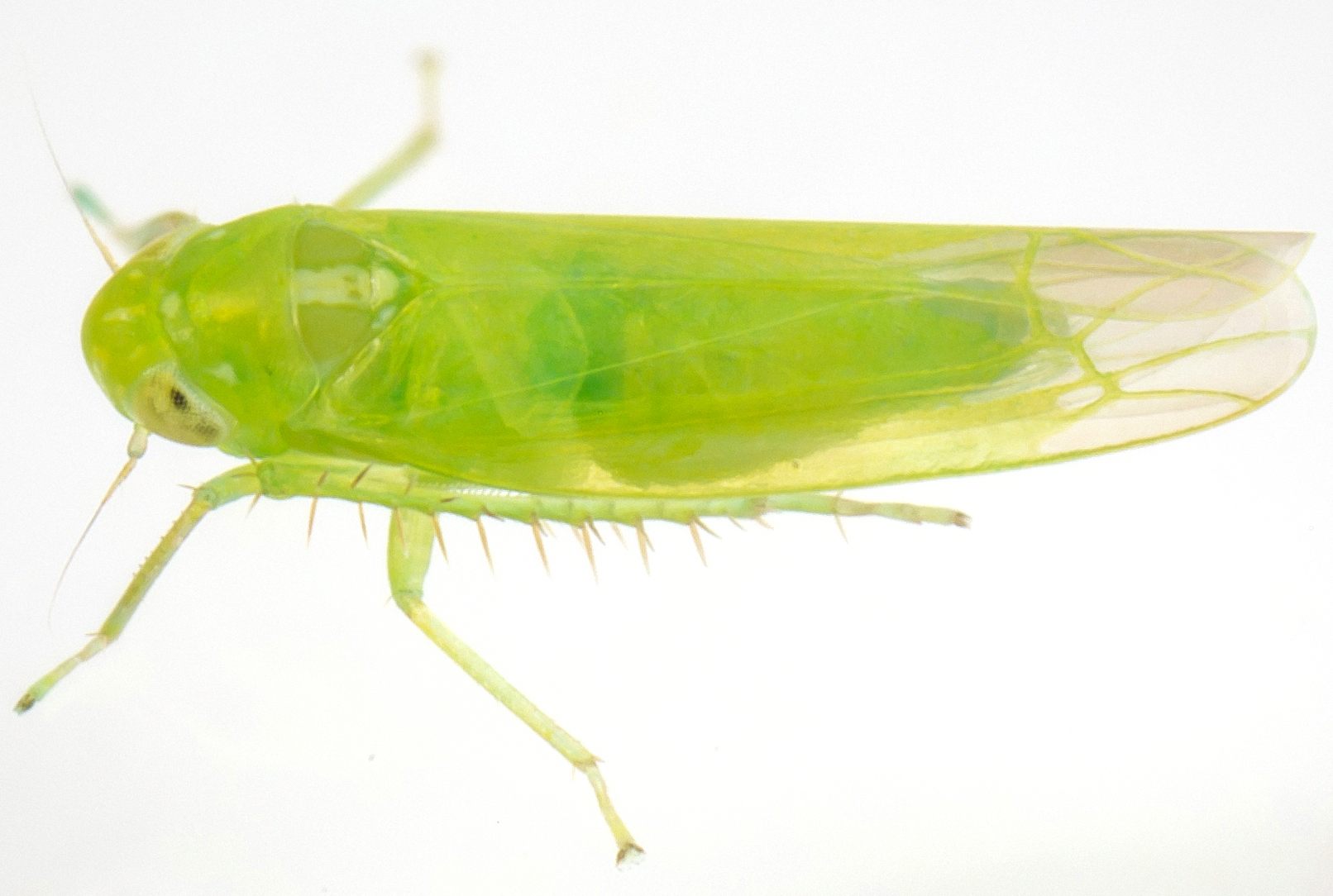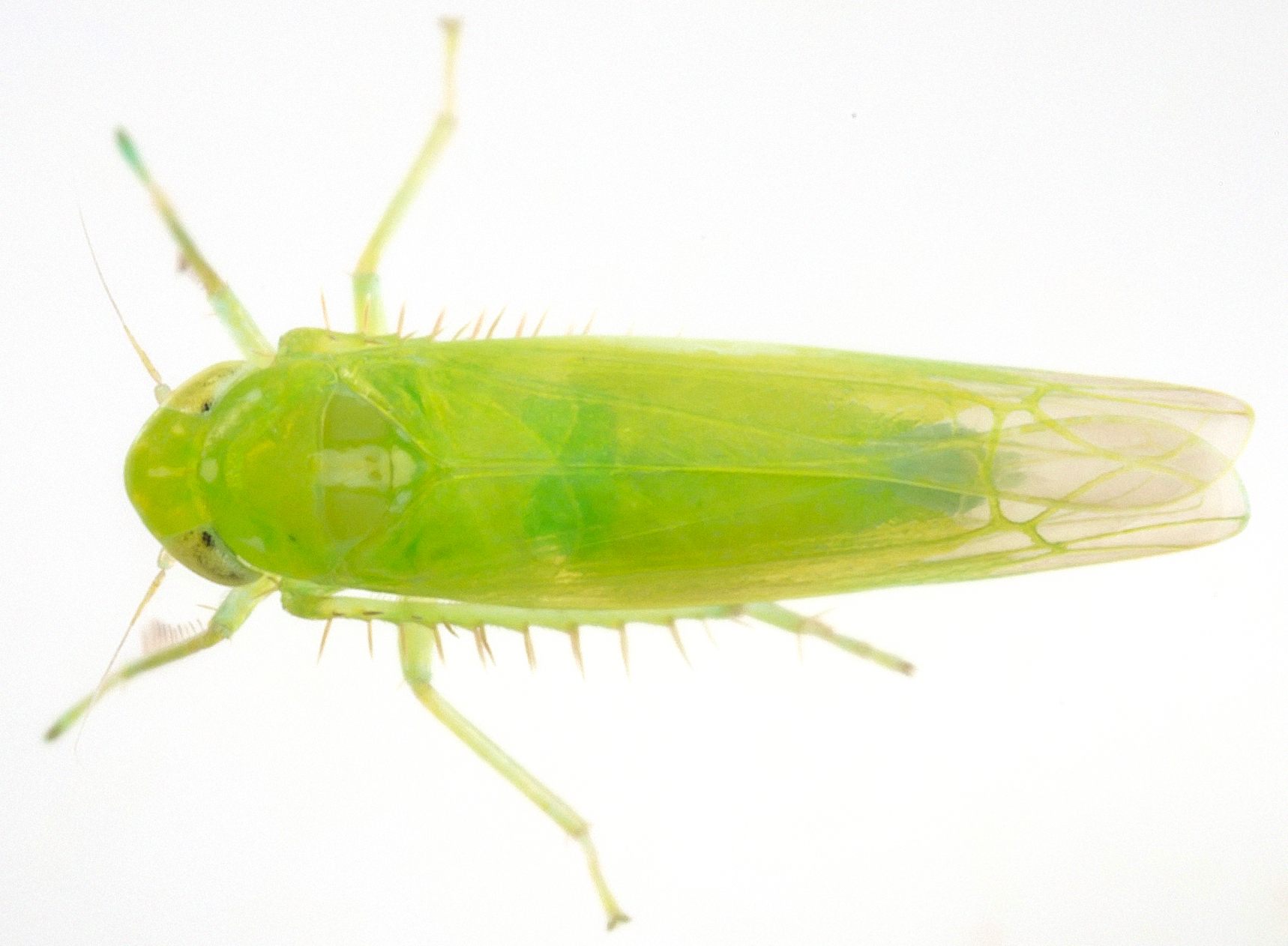
|
|
|
| synonym |
Empoasca bifurcata |
| description |
A bright green species with a golden-yellow head that is mottled with paler yellow around the ocelli. The pronotum is greenish with golden-yellow coloration; there are three large white spots on the anterior margin, one in the middle and one behind each eye. The scutellum has a broad central white longitudinal band. The face is pale, without any dark spots. The wings lack any spots and are a bright green color; the apices are not colored and the venation is green. The male subgenital plates are long, slender and pointed; they are slightly divergent from one another and curve backwards near the apices, unique for and characteristic of this species. The female pregenital sternite is rectangular, being wider than it is long; there is a very slight median projection. Adults are 3.2-3.5 mm long. (DeLong, 1931, 3I)
For additional images of this species, see: BG. |
| distribution |
Throughout eastern and central North America, with a couple records in Central America (3I) |
| abundance |
Recorded from several counties in the Coastal Plain and Piedmont; probably more abundant in the right habitat. |
| seasonal_occurrence | |
| habitat |
Agricultural fields, field-type habitats |
| plant associates |
Has been recorded in the state from Ipomoea batatas (sweet potato), Symphyotrichum subulatum (eastern annual saltmarsh aster), Vicia sp, Melilotus sp. (vetch, sweetclover), and Dahlia sp.; also known from Medicago polymorpha, Medicago sativa, Trifolium repens, Aster sp., and others (3I) |
| behavior |
Can be attracted at night with a light. |
| comments |
The name "bifurcata" comes from the bifurcate anal hook, unique to this species (but only visible through dissection). There are several other bright green Empoasca species that resemble bifurcata and therefore an identification may not be possible without analyzing a specimen. An underside shot, especially of a male, might be enough to determine an identification since the male subgenital plates are quite distinctive and unique for this species. The first species below, recurvata, HAS been recorded from North Carolina; the rest have not been recorded here yet but very likely do occur in North Carolina.
recurvata- The dorsum is a green color; there are few symmetrical cream-colored markings on the head and thorax. The face is pale, without any dark spots. The pronotum lacks any dark markings and has three white spots, which may sometimes be fused, along the anterior margin. The vertex is strongly rounded and bulbous; it has a pair of pale green spots near the margin. The wings lack any spots and are yellowish-green. The male subgenital plates are long and slender with acute, upturned apices. Adults are around 2.75 mm long.
chelata- The dorsum is a pale green or yellow color, sometimes bright green with an orange tinge; there are few symmetrical cream-colored markings on the head and thorax. The crown lacks any pale spots. The face is pale, without any dark spots. The pronotum lacks any dark markings. The wings lack any spots. The male subgenital plates are pointed and divergent from one another. The vertex is produced and bluntly angled. Male subgenital plates are long and tapered to blunt apices. The female pregenital sternite is roundedly produced. Adults are around 3.0 mm long.
plebeia- The dorsum is a green color; there are few symmetrical cream-colored markings on the head and thorax. The crown lacks round spots. The face is pale, without any dark spots. The pronotum lacks any dark markings. The vertex is angularly produced. The wings lack any spots and are greenish subhyaline in color. The male subgenital plates are long and narrow with upturned tips. Adults are around 3.0 mm long. |
status |
[Native:]
[Introduced:]
[Extirpated:] | | list_type |
[Official:]
[Provisional:] |
| adult_id | Unmistakable and widely known Identifiable from good quality photos of unworn specimens
Identifiable from photos showing undersides, or other specialized views [e.g., legs, face]
Identifiable only by close inspection of structural features or by DNA analysis NULL |
| nymph_id | Unmistakable and widely known Identifiable from good quality photos, especially where associated with known host plants
Identifiable from close inspection of specimens or by DNA analysis
Identifiable only through rearing to adulthood NULL |
| G_rank |
|
| S_rank |
|
| rank_comments |
|
| tribe |
Empoascini |
| subgenus |
Hebata |
Species Photo Gallery for Hebata bifurcata No Common Name |
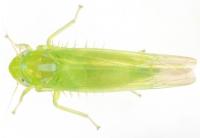 | Photo by: John Rosenfeld
Out Of State Co.
Comment: male | 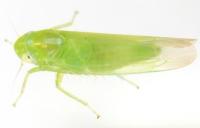 | Photo by: John Rosenfeld
Out Of State Co.
Comment: male |
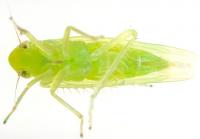 | Photo by: John Rosenfeld
Out Of State Co.
Comment: female | 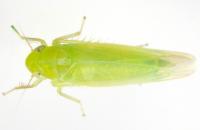 | Photo by: John Rosenfeld
Out Of State Co.
Comment: female |
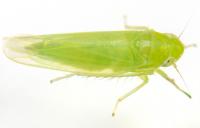 | Photo by: John Rosenfeld
Out Of State Co.
Comment: female | 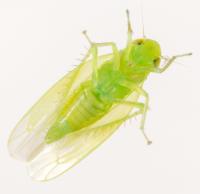 | Photo by: John Rosenfeld
Out Of State Co.
Comment: male |
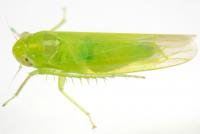 | Photo by: John Rosenfeld
Out Of State Co.
Comment: male | 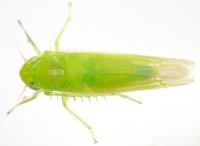 | Photo by: John Rosenfeld
Out Of State Co.
Comment: male |
|

 »
»